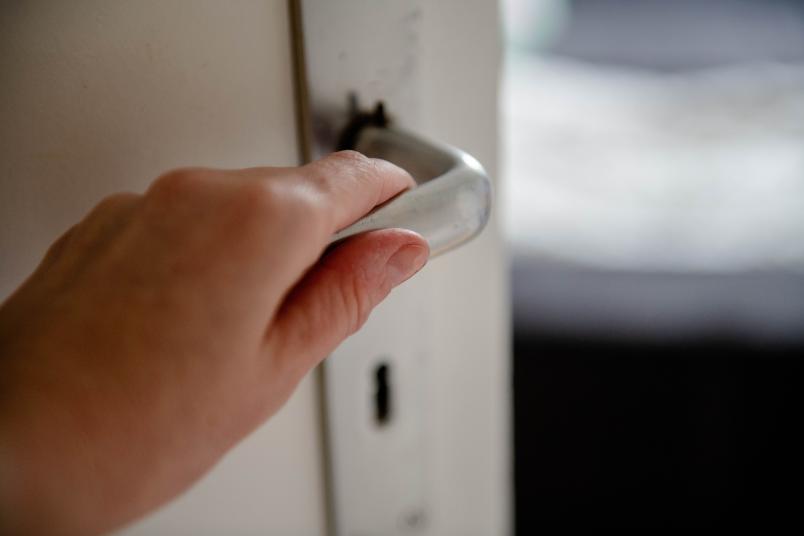
Virology
How temperature affects Sars-Cov-2
On surfaces, the virus remains contagious for the same time at both, hot and cold temperatures.
Although the new corona virus is mainly transmitted via droplets, transmission via surfaces cannot be ruled out, especially in hospitals. A Swiss-German research team has investigated how long dried Sars-Cov-2 particles remain infectious on surfaces at different temperatures. “Surprisingly, it is irrelevant whether it is very cold or very hot,” points out Professor Stephanie Pfänder from the Department of Molecular and Medical Virology. The study was published in the Journal of Infection on 30 May 2020.
Danger of infection drops significantly in the first hour
The infectivity of the viruses was reduced 100-fold within the first hour as the viruses dried on metal plates. In the following four to eight hours, the number of infectious particles hardly decreased at all; before it slowly continued to decrease further, but almost independently of the temperature.
The researchers found infectious particles on the metal samples for another 180 hours – i.e. more than a week after the viruses had been applied. At four degrees Celsius, the number of infectious virus particles dropped by half after about 13 hours, at room temperature after about nine hours, and at 30 degrees Celsius after about 18 hours. “So far, it was assumed that warmer temperatures might contribute to potentially lower transmission rates of Sars-Cov-2 in the summer,” says Stephanie Pfänder. “However, the stability of the viruses doesn’t seem to be affected by different temperatures, at least not on surfaces.” Other factors such as UV radiation and humidity might be the reason for a potentially lower infection rate in summer.